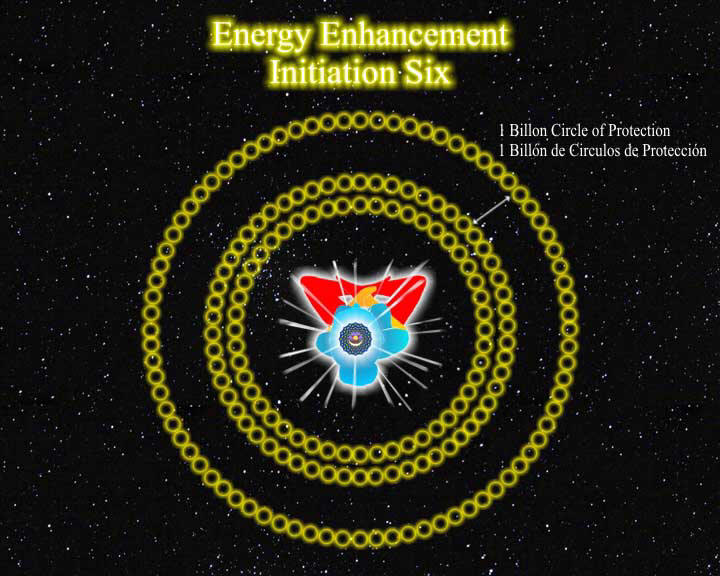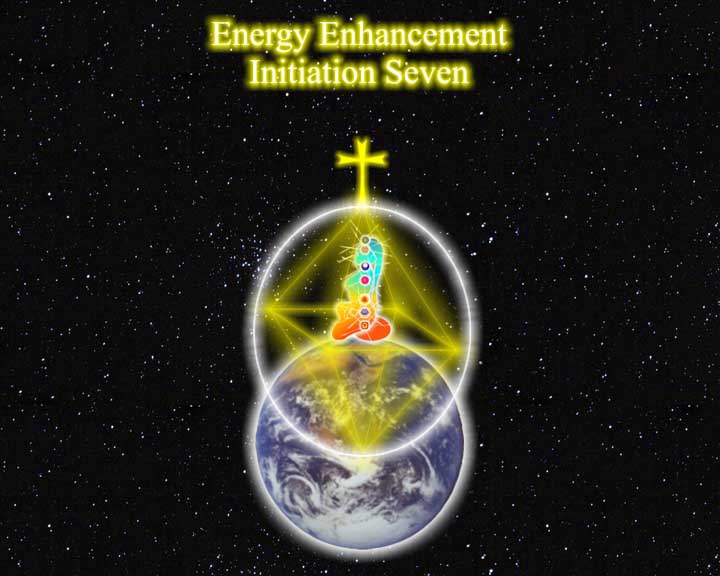|
Very important for Health.
- Beans and Pulses
-
Fruit and vegetables
- Nuts
- Oats
- Wheatgerm
-
Wholegrains
ESSENTIAL FATTY ACIDS (EFA’s)
WHAT ARE EFA'S?
-
EFA’s are fats
that are needed by the body but are not manufactured by it and thus must
be obtained through our diet.
-
They are sometimes
collectively referred to as vitamin F, though there is no established RDA.
In the body, EFA’s act to strengthen cell membranes and promote the
growth of muscles and nerves.
-
They are used
therapeutically to thin the blood and inhibit clotting and to improve
blood cholesterol and triglyceride profiles. Thus they help prevent heart
disease.
-
EFA’s also have
natural anti-inflammatory effects and so are potentially useful in the
treatment of arthritis, allergies, asthma, and skin conditions.
-
There is some
evidence for a cancer-preventive effect.
-
Important EFA’s
include the Omega-3’s, such as eicosapentaenoic acid (EPA) and
docosahexaenioc acid (DHA) and alpha linolenic acid, a plant-oil-derived
EPA/DHA precursor.
-
EPA and DHA are
found primarily in the oil of cold-water fish.
-
They usually occur
together and have similar effects on the body – reducing inflammation,
lowering blood fat and cholesterol levels, and thinning the blood. Taken
in excess they can reduce blood clotting capability to an unhealthy
degree.
-
Other EFAs are the
omega-6’s, including linoleic acid and gamma linoleic acid (GLA). GLA is
found in significant quantities only in oils derived from a few plants,
especially evening primrose, borage, and blackcurrant. Studies indicate
GLA has potential therapeutic use in the prevention or treatment of heart
disease, arthritis, skin problems, and PMS.
-
GLA may also
stimulate the growth of hair and nails. It has a soothing effect when
applied topically to the skin.
WHERE CAN I GET MY ESSENTIAL FATTY ACIDS?
The following
substances are among the richest dietary sources of essential fatty acids.
Supplements derived from these sources may need to be refrigerated. Many
EFA supplements have vitamin E oil added in order to prevent rancidity.
They are sold as liquids and capsules.
Blackcurrant oil.
The oil from this plant (Ribes nigrum) usually provides 50 to 100mg of GLA per 1,000mg capsules.
Borage oil.
This is a vegetable oil derived
from the seeds of a blue flowering plant (Borago officinalis) that
is also used as a herb in Europe, primarily to restore adrenal function
and counter inflammation. The seed oil is taken as a supplement because it
is one of the most concentrated natural sources of GLA – capsules
providing 1,000mg to 1,300mg of borage oil usually have 240 to 300mg of
GLA.
Cod liver oil.
This is a fish oil rich in EPA and DHA. Unless the fat-soluble vitamins A and D have been removed, however,
consuming too much cod liver oil may result in toxic levels of these
vitamins building up in the body.
Concentrated fish oils.
These are the fatty liquids
expressed from certain cold-water fish, including salmon, mackerel,
sardines, cod, bluefish, herring, and tuna. The omega-3 fish oils are the
most popular form of the essential fatty acid supplements. Most contain
1,000 to 1,250mg of fish-oil concentrate, representing an EPA range of 180
to 360mg and a DHA range of 120 to 240mg.
Evening primrose
oil.
This fatty liquid is extracted from the seeds of a yellow-flowering
willow-family plant (oenothera biennis) that is a richly endowed source of
the omega-6 essential fatty acid GLA. Evening primrose oil is produced
primarily in Great Britain and is a popular remedy in Europe. Technically
its use is still experimental in the USA, but few side-effects have
appeared. Since the late 1980’s, evening primrose oil has been the
subject of an ongoing regulatory dispute between the FDA and importers,
who had some shipments seized as an “unapproved food additive.”
Nevertheless, it is still available as a liquid or in capsules.
Flax seed oil.
The flax plant (Linum usitatissimum) is used to make linen fibre as
well as a seed oil rich in EFA’s.
Hemp seed oil.
This seed oil, derived from
marijuana (Cannabis sativa), is a new one on the US natural-food market.
It is pressed from sterilized seeds imported from Canada and has both
omega-3’s and some GLA. The seeds and the oil have no psychoactive
property and are completely legal in the US.
Rape seed oil.
Rape seed (Brassica napus) is the
source for canola oil, the popular cooking oil.
RDA.
An optimal
supplement level of EFA’s for adults is 250 to 500mg per day.
Notes.
To a certain extent,
omega-3’s and omega 6’s overlap. Both tend to enhance the body’s
ability to reduce inflammation and improve cholesterol profiles. Which one
is best suited for an individual is often a matter of trial and error.
Some studies show that best results are achieved by using them together.
|




